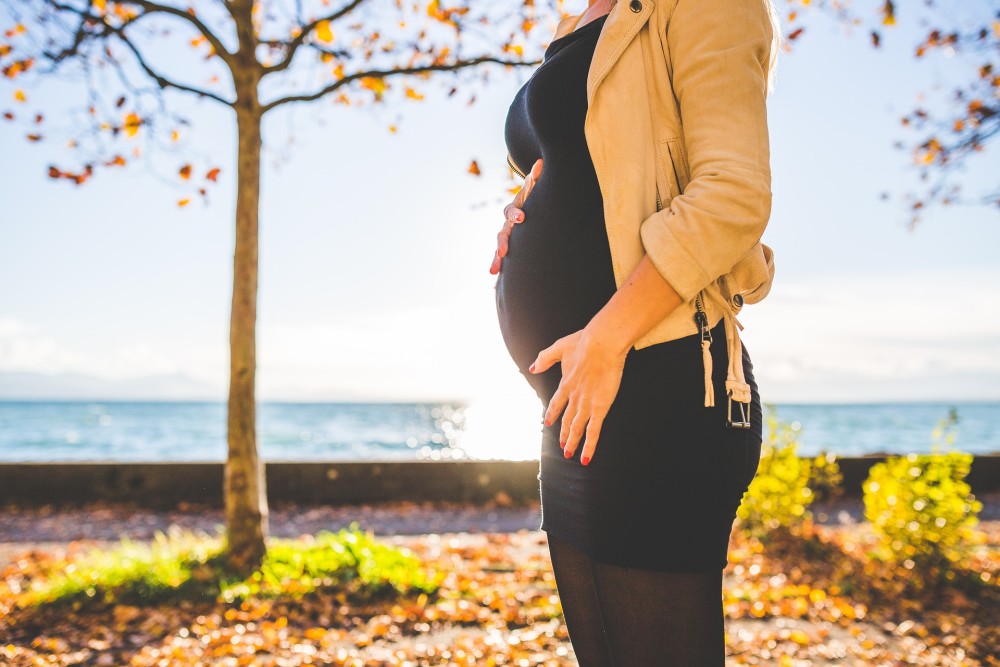Diastasis Recti Abdominus (DRA or diastasis) is common during pregnancy and in the postnatal period. Many trainers have heard of diastasis, but don’t understand its complications or how to effectively train women who have it. If you are training pregnant women in the pre or postnatal period you should be aware of the contraindications that can occur when DRA is present, and the implications this will have on your exercise and load selection.
DIASTASIS RECTI ABDOMINUS (AB SEPERATION DURING PREGNANCY)
22 February 2021
